A gearbox, usually known as the transmission system in cars, is what joins your engine, to your wheels. If you didn't have a gearbox, you wouldn't be able to utilise your engine efficiently, even if it ran, you most definitely would not be driving anywhere. Gearboxes use gears and shafts to maintain the speed, torque and direction of the vehicle, it controls how much power gets to the wheels, in essence when and how quickly it gets there.
If I can simplify the explanation, imagine trying to ride a bicycle uphill, and you're in top gear - tiring to say the least? Same idea with your car, there are varying degrees of torque and speed in varying situations which is what the gearbox processes.
What is a Gearbox in Cars?
A gearbox in cars is a metal housing that encloses multiple gears of different sizes. These gears determine how much torque (rotational force) and speed are delivered to the wheels.
- Larger gears = More torque, less speed
- Smaller gears = More speed, less torque
When driving, you use a gear selector (either manually or automatically) to change the gear ratio. This changes how much power the engine sends to the wheels — helping with tasks like overtaking, climbing hills, or conserving fuel.
How Does a Car Gearbox Work?
Here’s a quick breakdown of how gearboxes work in cars:
- The engine creates rotational power.
- This power enters the gearbox, which adjusts torque and speed.
- The power exits the gearbox through the output shaft, sending energy to the wheels.
- The gear ratio (which gear you’re in) determines how the engine's power is modified.
Whether it's climbing hills or cruising at top speed, the gearbox ensures that your engine doesn’t overwork — and your fuel efficiency stays optimized.
Types of Gearbox in Cars
1. Manual Transmission (MT)
.jpg)
Manual gearboxes are the oldest and most straightforward type of gearbox in cars. The driver uses a clutch pedal and a gear lever to manually shift between gears.
Features:
- Gives full control over gear shifts.
- Ideal for those who enjoy an engaging driving experience.
- Common in budget and performance cars.
- Offers better fuel economy (in most cases).
- Has fewer moving parts, making it easier and cheaper to maintain.
Sub-types of Manual Transmission:
- Sliding Mesh Transmission: Very basic type, used in older vehicles. No longer in modern use.
- Constant Mesh Transmission: All gears are constantly meshed together; the dog clutch selects the required gear.
- Pre-selector Transmission: The driver pre-selects the gear before using a pedal to activate it. Mostly found in vintage and classic vehicles.
2. Automated Manual Transmission (AMT)
.jpg)
AMT is basically a manual gearbox operated by actuators and sensors. It automates clutch and gear operations without any input from the driver.
Features:
- Uses hydraulic or electric actuators to shift gears.
- Cheaper than traditional automatics.
- Provides decent fuel efficiency.
- May feel jerky at times during shifts.
- Common in small cars and budget-friendly vehicles.
3. Torque Converter Automatic
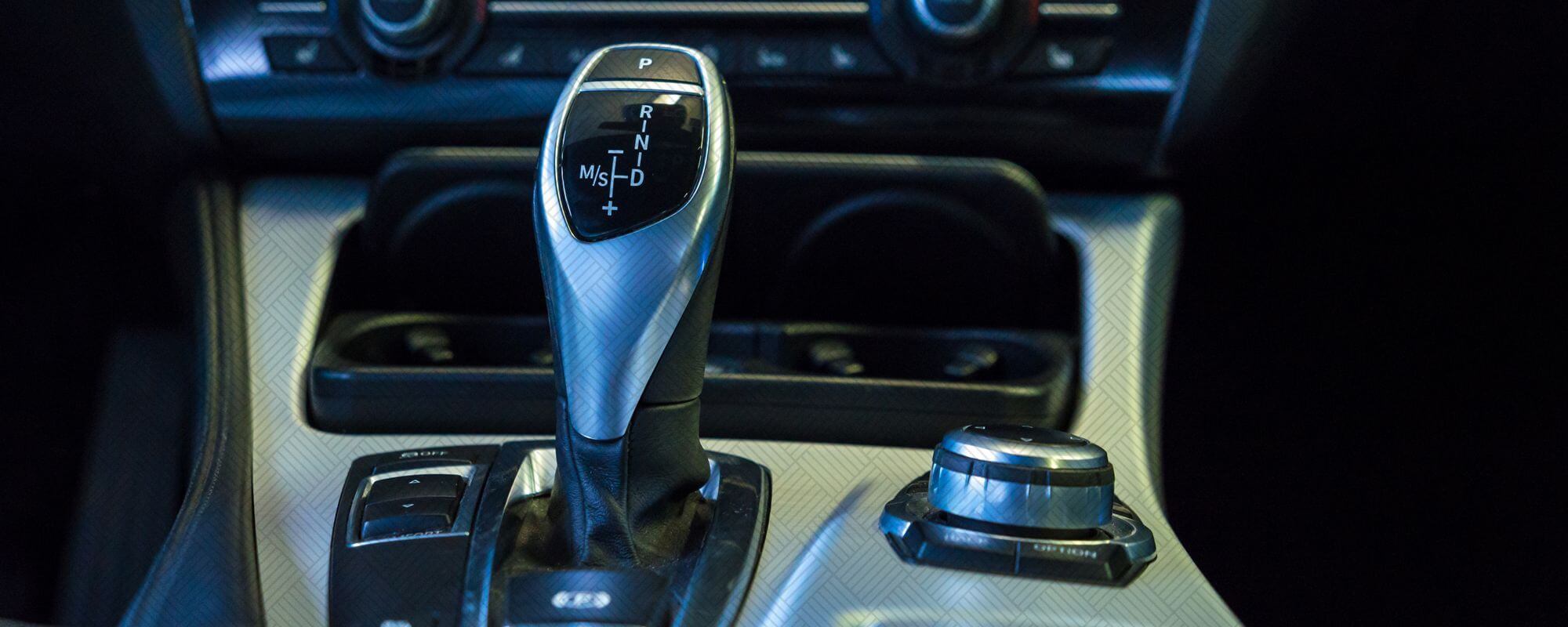
One of the oldest forms of automatic gearboxes. It uses a fluid coupling (torque converter) instead of a clutch to transfer engine power.
Features:
- Smooth and responsive shifts.
- Best suited for cars with powerful engines.
- Slightly less fuel-efficient than other automatics.
- Offers good low-end torque.
- Commonly found in SUVs and premium sedans.
Also Read: Why Dashcams Are Useful for Insurance in India
4. CVT (Continuously Variable Transmission)
.jpg)
Unlike traditional gearboxes, CVT doesn’t use a set of gears. It uses a system of pulleys and belts to provide seamless gear ratio changes.
Features:
- Smooth, stepless acceleration.
- Excellent fuel efficiency.
- Great for city driving and hybrids.
- Not ideal for spirited or aggressive driving.
- Commonly used in scooters and compact cars.
5. DCT (Dual-Clutch Transmission)
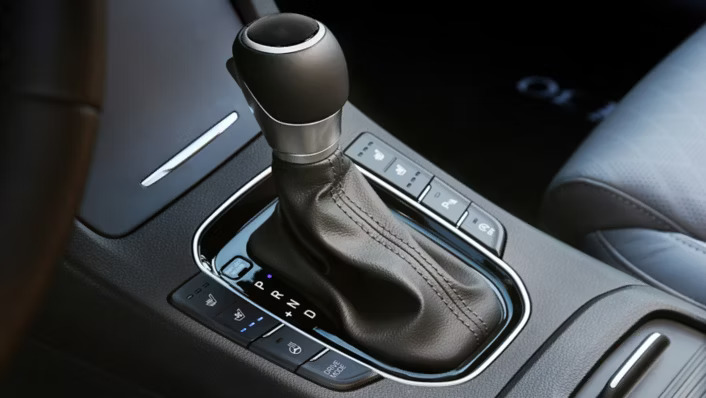
This advanced automatic gearbox uses two clutches—one for odd-numbered gears and the other for even-numbered ones—allowing for lightning-fast gear changes.
Features:
- Extremely fast and smooth gear shifts.
- Great for performance driving.
- More complex and expensive to maintain.
- Can heat up in slow traffic conditions.
- Found in premium and performance cars.
Manual vs Automatic Gearbox – Comparison Table
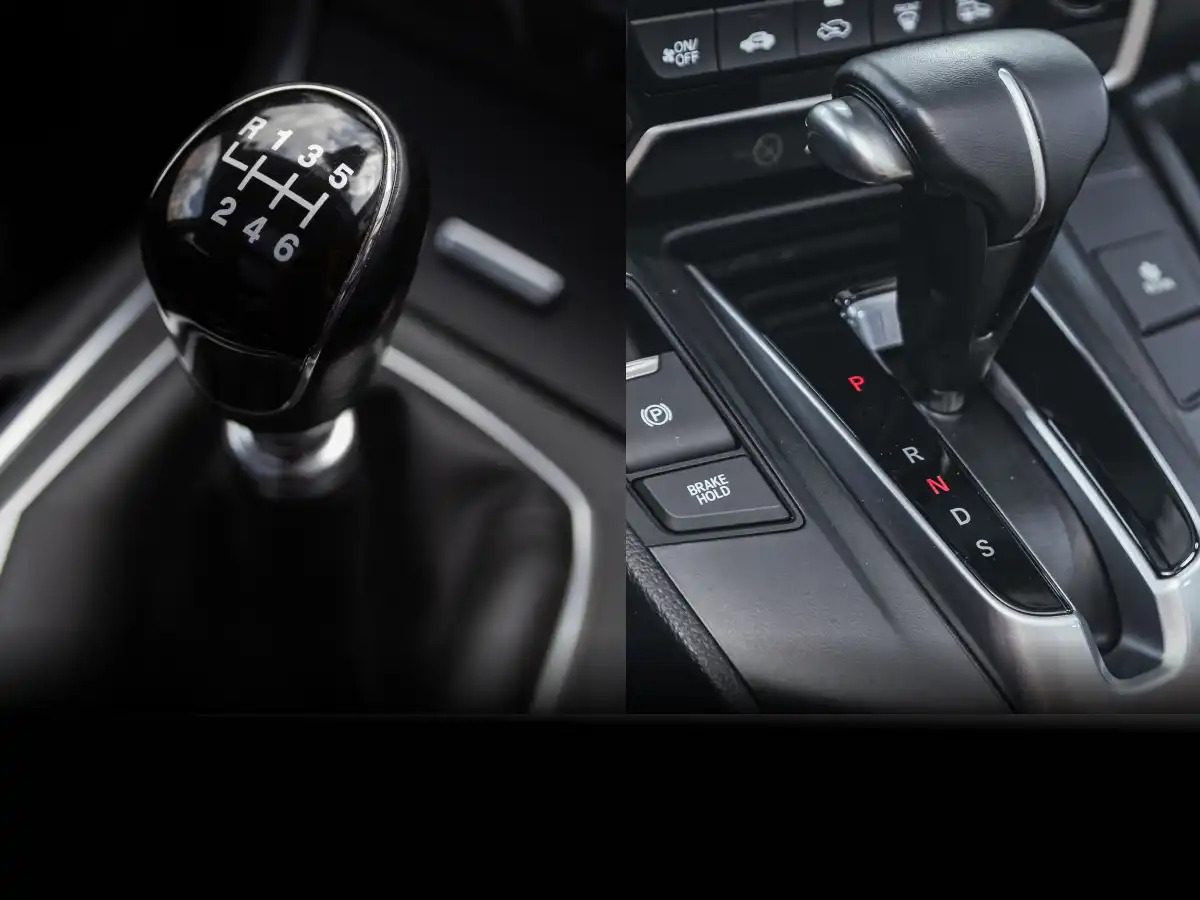
|
Feature |
Manual Gearbox |
Automatic Gearbox |
|
Gear Shifting |
Manual (driver-controlled) |
Automatic (self-shifting) |
|
Clutch Pedal |
Yes |
No |
|
Driving Involvement |
High (more control) |
Low (easy to use) |
|
Fuel Efficiency |
Generally better |
Slightly lower (depends on type) |
|
Maintenance Cost |
Lower |
Higher (especially DCT & CVT) |
|
Learning Curve |
Steep (takes time to master) |
Easy |
|
Cost |
Budget-friendly |
More expensive |
|
Suitability |
Ideal for highways & spirited driving |
Ideal for city traffic & comfort |
|
Repairs |
Simple and cheaper |
Complex and costly |
|
Popular In |
Entry-level and performance cars |
Mid to high-end, urban-friendly cars |
How to Choose the Right Gearbox for Your Needs
Choosing the right gearbox in cars depends heavily on your driving style, location, budget, and comfort level.
- If you enjoy driving, want more control, and prefer better fuel economy, then a manual gearbox is perfect for you. It's also great if you live in a rural or hilly area where precise control over power delivery is required.
- However, if you spend most of your time in urban traffic, hate constant gear shifting, or are new to driving, then an automatic gearbox is your best companion. Among automatics, go for a CVT if you want a smooth and fuel-efficient experience, a torque converter for better power delivery, or a DCT if you crave speed and performance.
- For those looking for affordable automation, an AMT strikes the balance by offering convenience without the price tag of a high-end automatic.
Ultimately, each gearbox type serves different needs. If comfort and ease of use are your priorities, choose an automatic. But if you're after control, cost-effectiveness, and a more "hands-on" experience, a manual transmission is the way to go.
Final Thoughts
The gearbox in cars plays a pivotal role in determining the performance, fuel economy, and comfort of your ride. From the traditional manual transmissions to modern-day dual-clutch automatics, each gearbox comes with its unique traits. Knowing the different types and how they function helps you make an informed decision that fits your lifestyle, driving habits, and budget.
Whether you're a thrill-seeker who loves the control of a stick shift or someone who prefers the ease of an automatic, the right gearbox can dramatically improve your driving experience. So next time you shop for a car, don't just look at the engine or features—understand the transmission too. It might just be the deciding factor between a good drive and a great one.
Also Read: Turbocharger vs Supercharger: Which One Boosts Better?

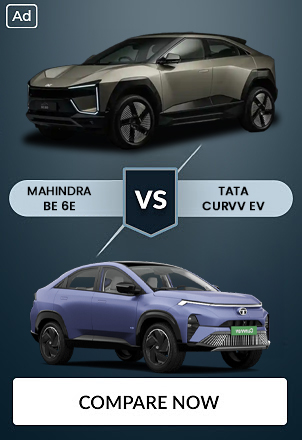






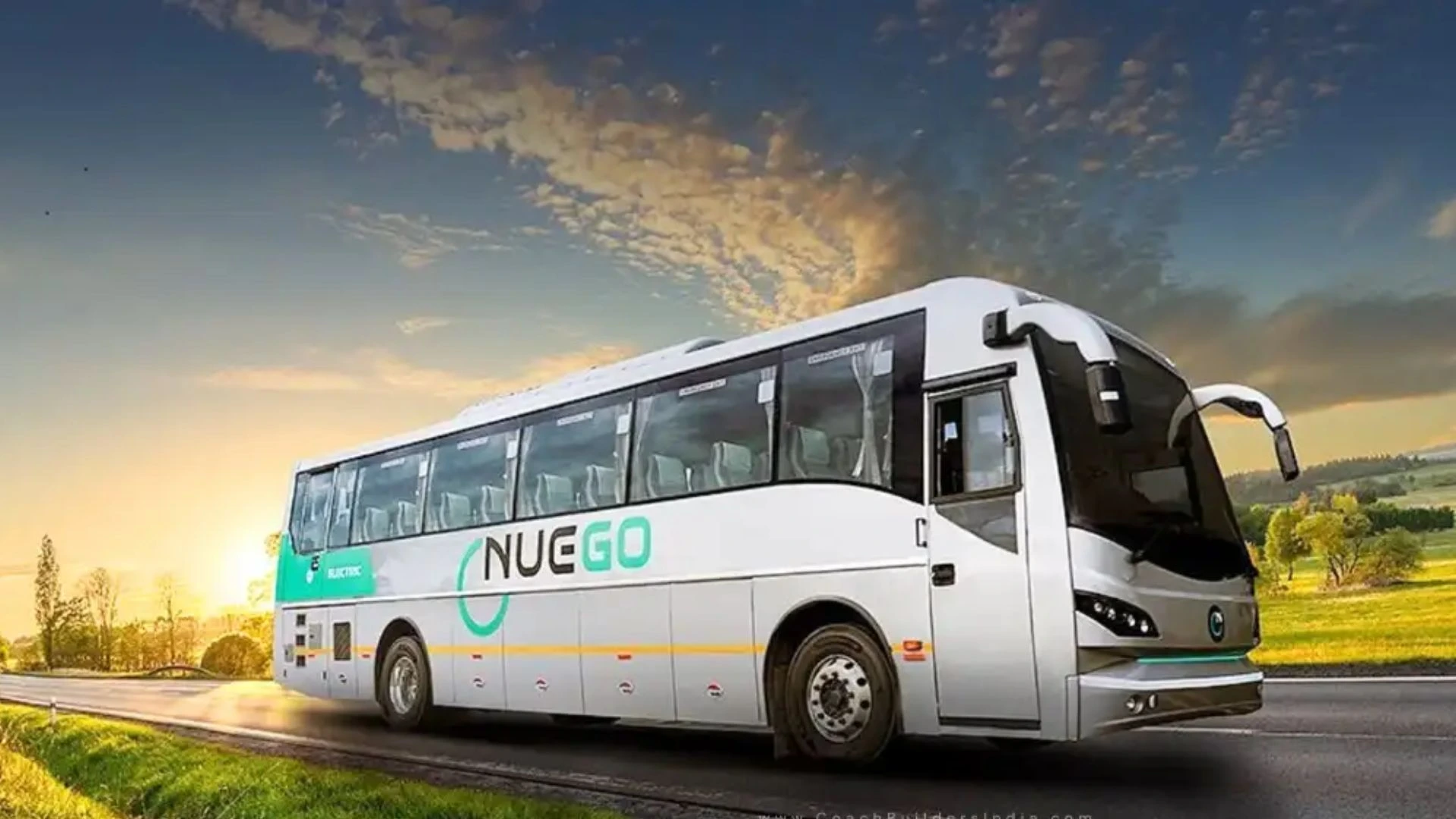
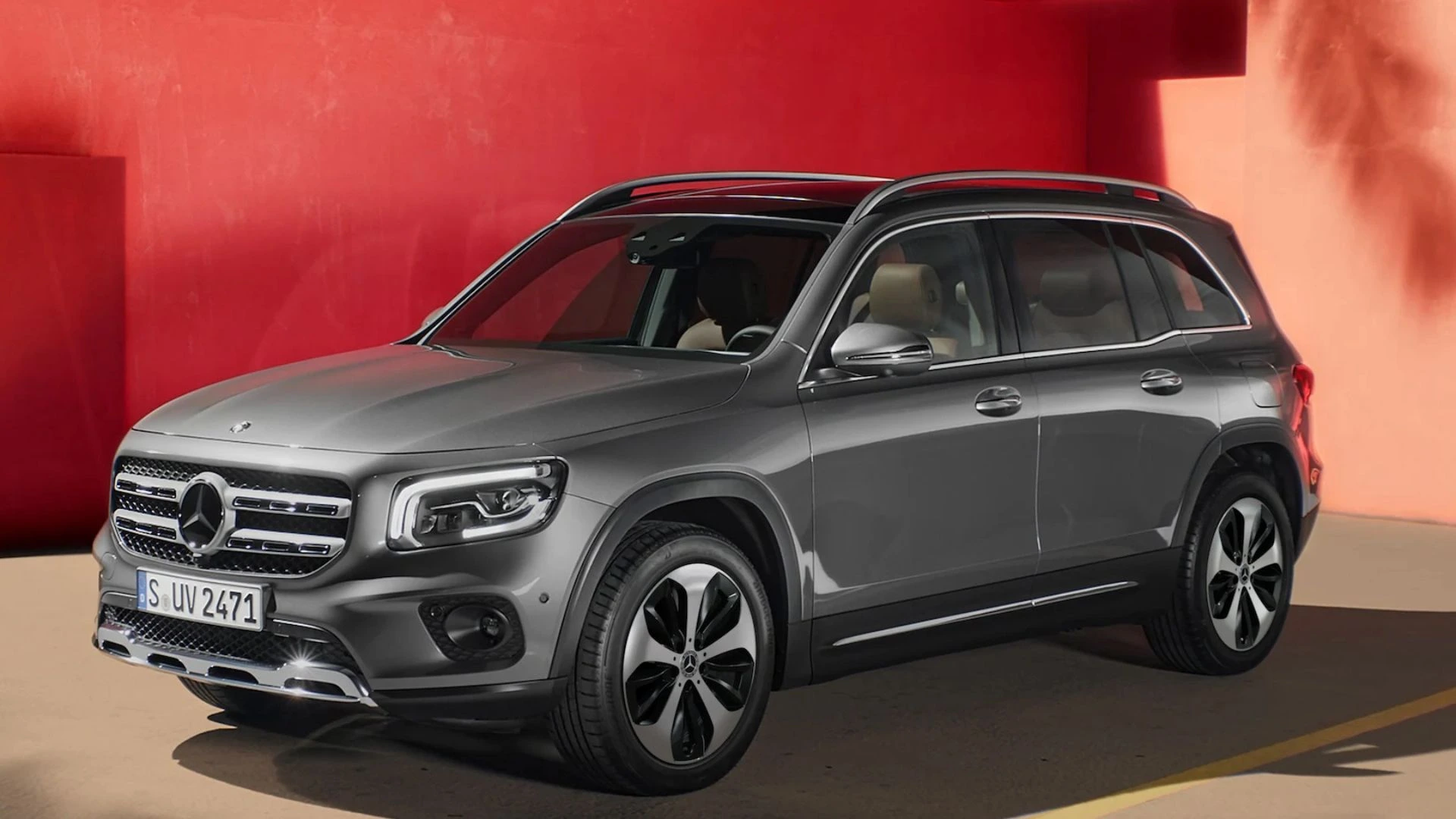
_1765357579.webp)